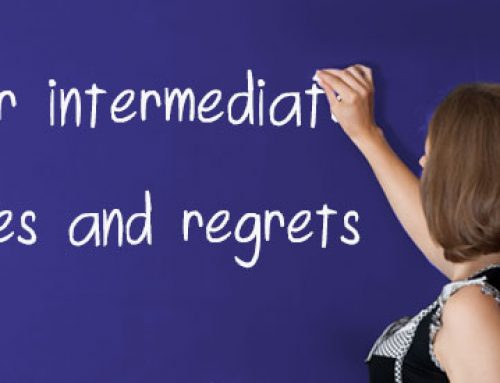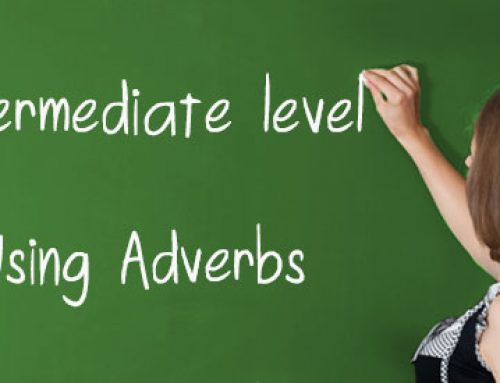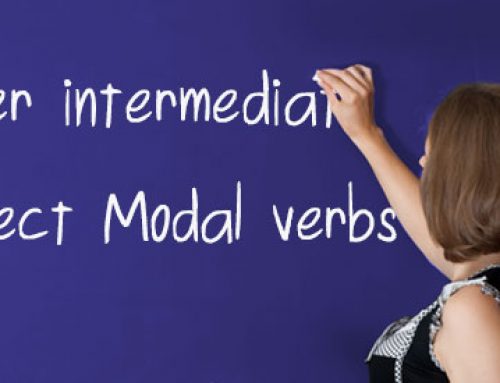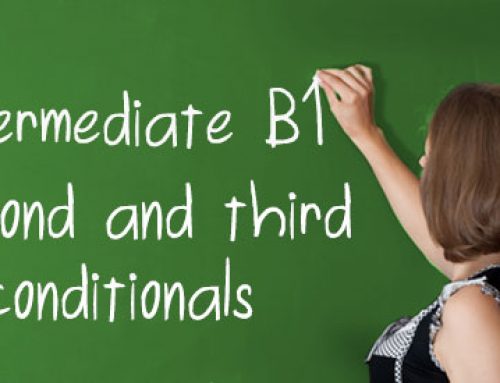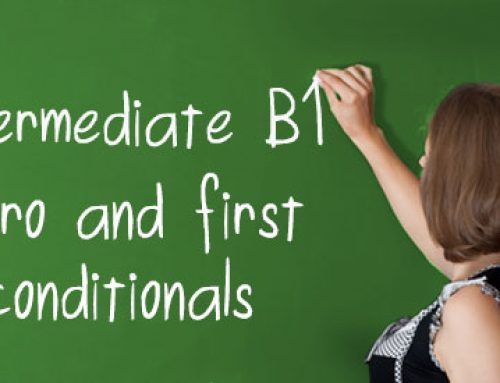Present Continuous
Introduction to Present Continuous
We use the Present Continuous tense to speak about actions which are in progress or unfinished at the time of speaking, temporary actions, or to speak about confirmed future arrangements.
Il Present Continuous descrive un’azione o una situazione in corso. In questo uso, ‘I am doing / I’m doing’ corrisponde di solito a ‘sto facendo’ e, spesso, a ‘faccio’ (ma attenzione).
Present Continuous – Uso e costruzione della frase
To create a positive statement using the present continuous tense, we use the auxilary verb ‘be’ (am / is / are) with a verb present participle (gerundio). Il Present Continuous si forma con il presente di ‘be’ seguito dal verbo in ‘-ing’
The construction is: Subject + Be + Present Participle (doing / walking / reading, ecc)
For example:
- I am studying English. (sto studiando inglese)
- She is writing a letter. (sta scrivendo una lettera)
- Paul is reading a book. (Paul sta leggendo un libro)
- We are waiting for a train. (Siamo in attesa di un treno)
Quando si usa present continuous?
(1) We can use the present continuous to talk about actions that are happening or unfinished at the time of speaking.
For example:
- I am studying English. (sto studiando inglese…..in questo momento…)
- They are watching TV. (stanno guardando la TV…..in questo momento…)
- Paolo is cooking dinner. (Paolo sta cucinando…..in questo momento…)
- The children are playing in the garden. (Stanno giocando…..in questo momento)
(2) We can use the present continuous to talk about an action which is in progress; but which we are not doing at the time we speak.
For example:
- I am reading a good book by Stephen King. (The action is in progress, but I am not reading now.)
- I’m studying Medicine at University. (The action is in progress, but I am not studying now.)
(3) We can also use the present continuous to talk about temporary states which are true at the time of speaking.
For example:
- My wife is visiting some friends in Rome. (She is in Rome now, for a few days)
- I am living with my sister until I find a new flat. (My sister normally lives in the UK but she )
Negative Forms
Negative forms are used to talk about things that are NOT happening at the time of speaking. To create a negative statement with the present continuous, add ‘not’ after ‘be’.
The form is: Subject + Be + Not + Verb Gerund.
- He is not working very hard.
- You are not driving fast enough.
The negative form can be abbreviated like this:
- ‘I am not working’ = I’m not working
- ‘You are not working = You’re not working or You aren’t working
- ‘He is not working’ = He’s not working or He isn’t working
Present Continuous – Questions
Questions – Positive Forms
To make positive questions using the present continuous, we invert the subject and ‘be’. The form is:
(Question word) + Be + Subject + Verb Gerund
Examples:
- Am I driving too fast?
- Are you talking to me?
- Where are you going?
- What are you doing?
Questions – Negative Forms
To make negative questions using the present continuous we add ‘not’ to the question. The form is:
(Question word) + Be + Not + Subject + Verb Gerund
The forms ‘be’ + ‘not’ are abbreviated.
Examples:
- Aren’t I doing this right?
- Isn’t he working today?
- Why isn’t he working today?
- Aren’t you working today?
- Why aren’t you working today?
Spelling – Ortografia
If the verb infinitive ends with a silent ‘e’, we delete the ‘e’ and then add ‘ing’ to make the present participle.
- Like ………. Liking
- Decide ………. Deciding
- Write ………. Writing
If the verb consists of a single syllable and ends with a single vowel and a consonant, we double the final consonant and add ‘ing’.
- sit………. sitting
- swim………. swimming
- stop………. stopping
If the verb infinitive ends with ‘ie’ we change the ‘ie’ to the letter ‘y’ and add ‘ing’.
- lie………. lying
- tie………. tying
- die………. dying
Action and Non-Action verbs
We only use ‘Action Verbs’ in the present continuous tense. ‘Action Verbs’ describe things that we do.
For example:
- Talk, Listen, Read, Write, Eat, Drink, Walk, Cook, ecc.
Do not use ‘Non-Action Verbs’ with the present continuous tense. ‘Non-Action Verbs’ describe feelings, emotions, beliefs, possession, etc.
For example:
- Like, Love, Hate, Dislike, Want, Own, Believe, Remember, Forget, Seem, See, Taste, Hear, ecc.
Often, when we use the present continuous tense, we are saying that we ‘are in the middle of…’ doing something. As a general guide, if you cannot replace the present continuous with ‘..to be in the middle of…’ the present continuous is probably not the correct tense.
Look at these examples:
- ‘I am liking this pizza.’ ‘To like’ is a state verb, not an action verb, so it cannot be continuous. You like (or you don’t like) something. ‘I like this pizza’ is correct. If you say “I am in the middle of liking this pizza’ it doesn’t sound correct, so don’t use it!
- ‘I am not believing you.’ Again, ‘believe’ is not an action verb. You believe, or you don’t. You can’t be ‘in the mddle of believing’ something.
Exceptions
To Have
- ‘Claudia is having a BMW’ is not correct. In this example, we use ‘to have’ to speak about possession and it is a non-action verb. You have (or do not have) something. ‘Claudia has a BMW’ is correct. However, ‘To have’ can also be used as a general action verb.
- ‘Claudia is having breakfast.’ In this example, ‘to have’ is used as a general verb and is an action verb, and so it can be used in the Present Continuous. ‘She is having a shower’ and ‘I am having a wash’ are also both correct.
To Think
- ‘I am thinking you are right.’ In this example, ‘think’ is not an action verb. The sense of ‘think’ in this example is ‘believe’ and it cannot be used in the Present Continuous. ‘I think you are right’ is correct. However, ‘to think’ can also mean ‘to consider’. In this context it is an action verb and so can be used with Present Continuous.
- For example, ‘I am thinking about buying a new car’ is correct. In this example, ‘thinking about’ is an action in progress and means ‘I am considering buying…’
Present Continuous Forms
| Affirmative | Negative | Questions (positive) | Questions (negative) |
|---|---|---|---|
| My sister is cooking dinner | You aren’t driving very well today | Are you watching the TV? | Aren’t you feeling very well? |
| I’m staying at the Hilton Hotel | She isn’t studying very hard | Are you falling asleep? | Why aren’t you sleeping? |
| They’re studying English in Milano | I’m not cooking again tonight! | What are you doing? | Why isn’t Paolo working today? |
Note: The Present Continuous can also be used to talk about the future.

